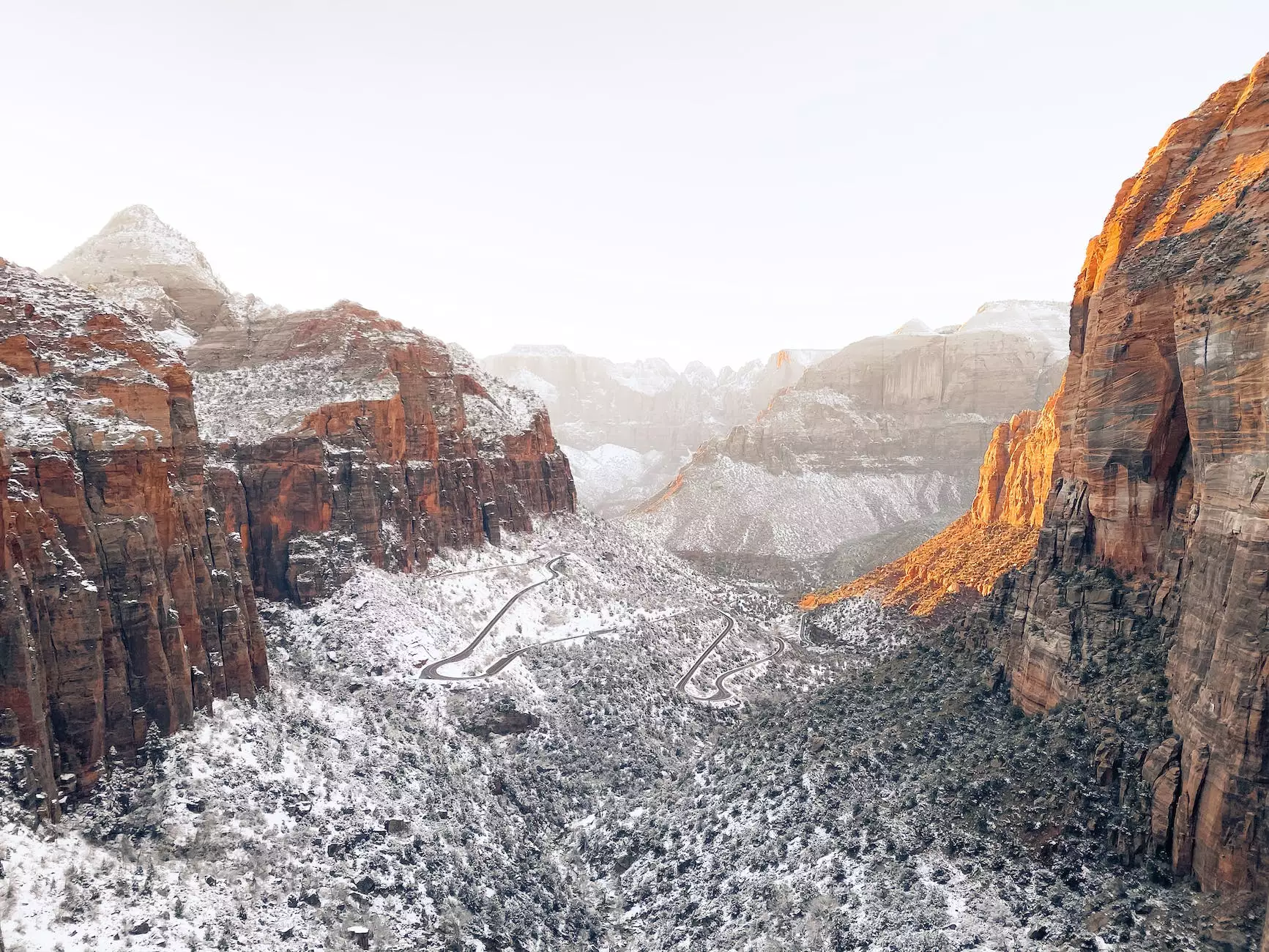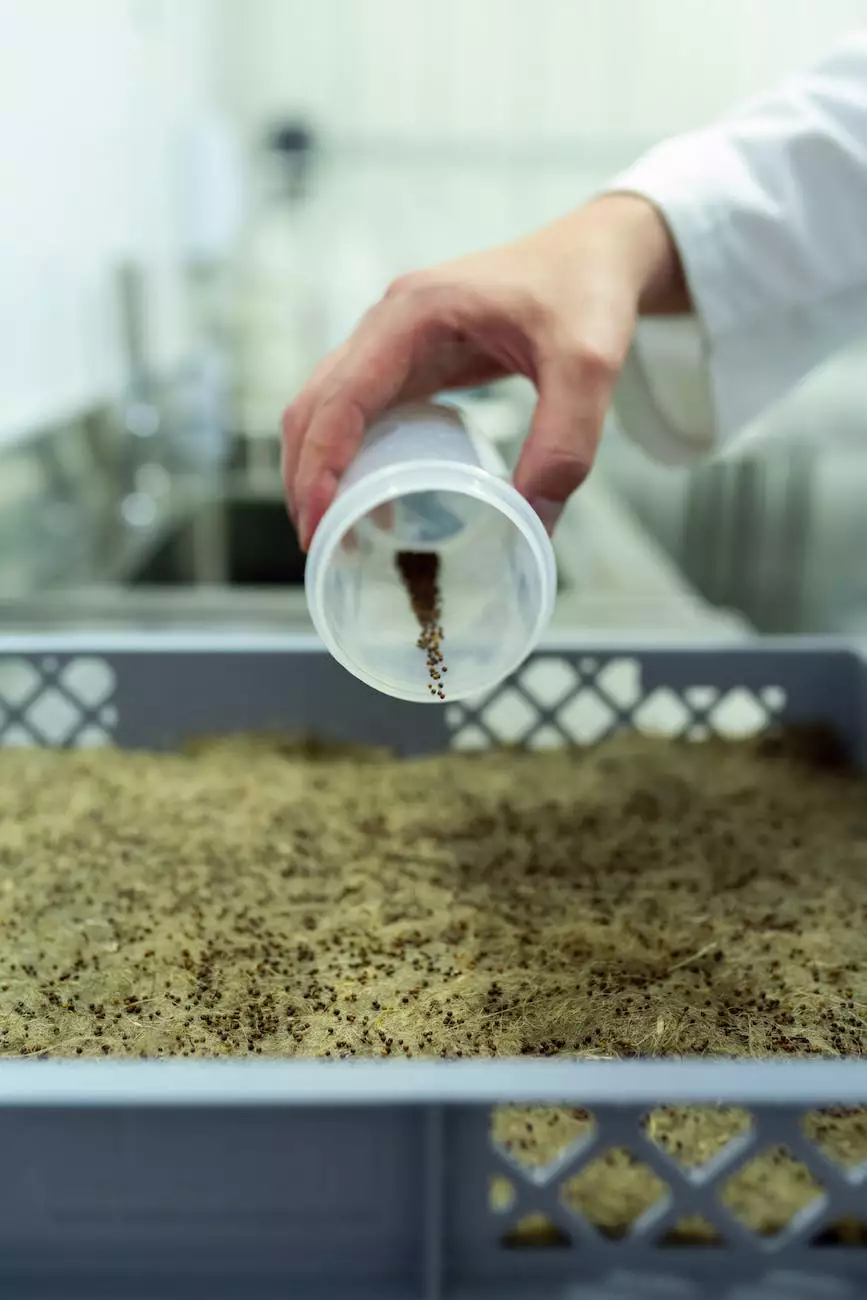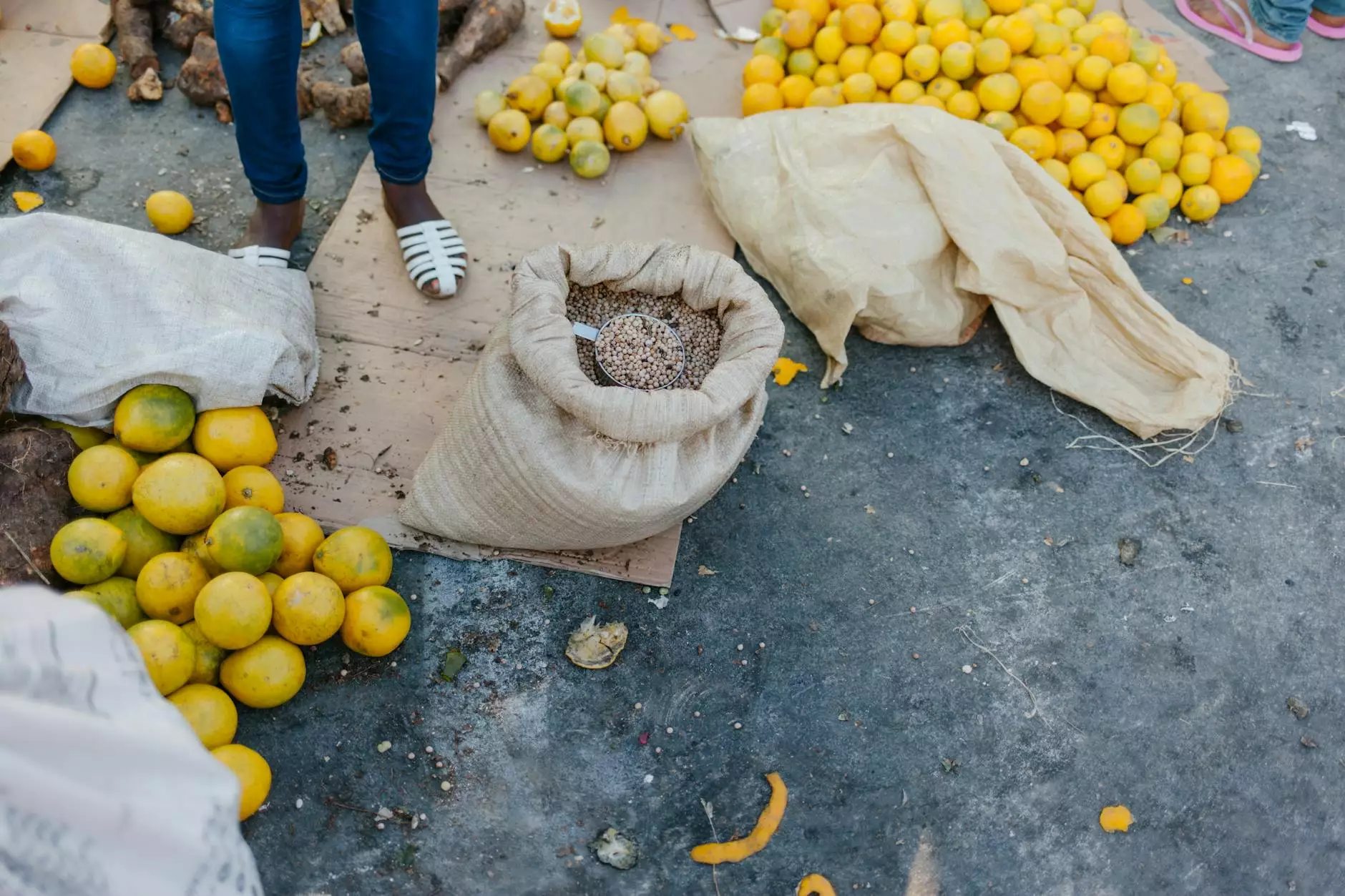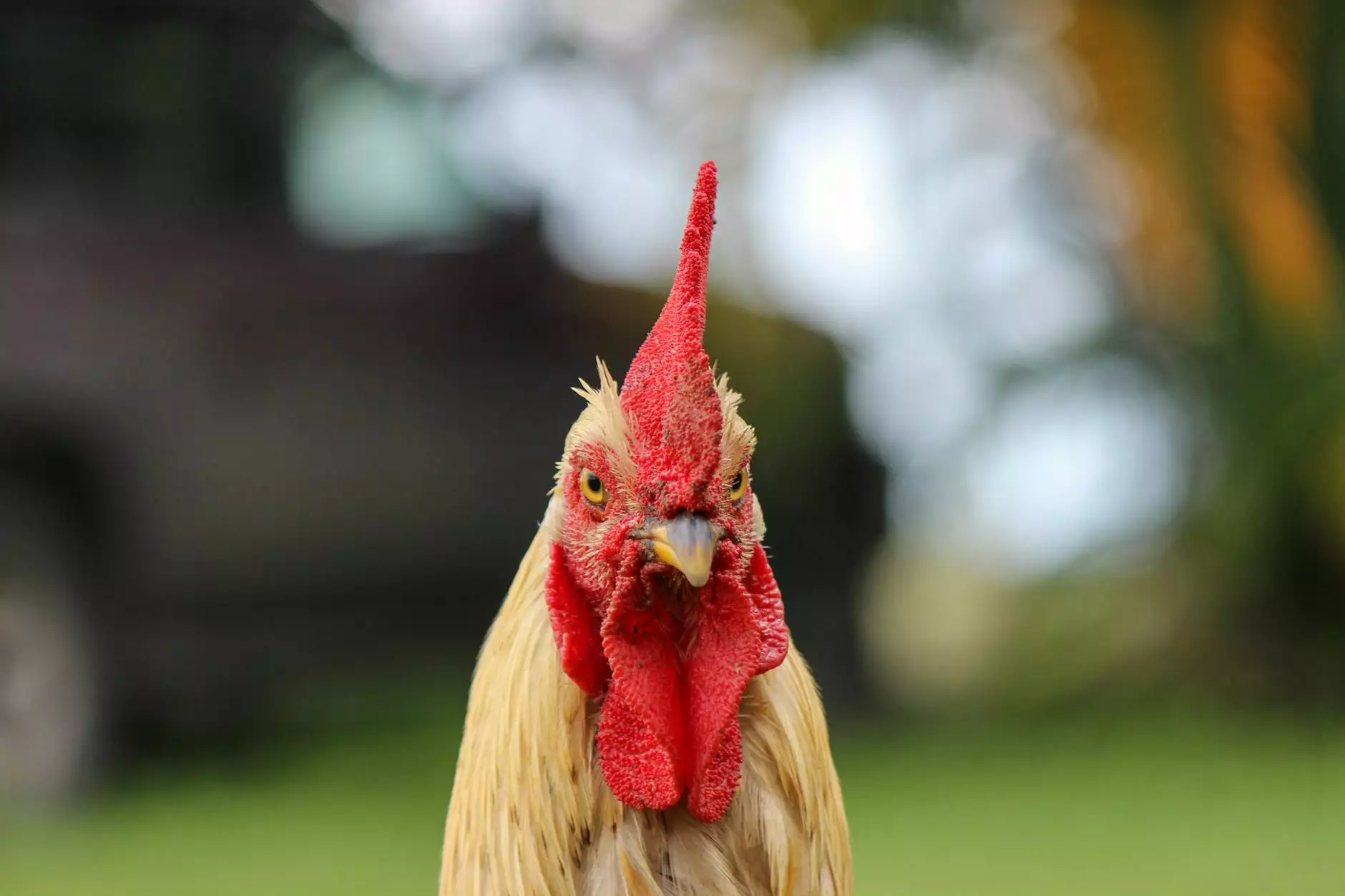Winterizing Bees in the High Desert
Blog
The Importance of Winterizing Bees
When it comes to beekeeping in the high desert, winter poses unique challenges for beekeepers. The harsh weather conditions, limited food sources, and low temperatures can seriously impact the survival and health of bee colonies. At Pollen Bank, we understand the importance of winterizing bees to ensure their well-being during this critical time of the year.
Tips for Winterizing Bees
1. Providing Adequate Food
One of the key aspects of winterizing bees is ensuring they have enough food to sustain them throughout the winter season. Bees rely on honey as their primary food source during this time, so it's crucial to ensure they have sufficient honey stores. Inspect the hives and add supplemental feed if necessary. It's always better to have more than enough than to risk starvation.
2. Reducing Hive Entrance
In winter, it's important to reduce the hive entrance to prevent cold drafts from entering the hive. Cold drafts can cause the bees to be more susceptible to illness and increase their energy consumption to maintain warmth. Use entrance reducers or install mouse guards to minimize the hive entrance while still allowing proper ventilation.
3. Insulating the Hives
Proper insulation plays a critical role in protecting the bees from extreme temperatures. Bees cluster together during winter to keep warm, and insulating the hive can help maintain a stable temperature. Consider using insulating materials such as foam boards or hive wraps to provide an extra layer of protection against the cold.
4. Providing Ventilation
While insulation is important, maintaining proper ventilation is equally crucial. Good ventilation helps control humidity levels within the hive, preventing excess moisture or condensation buildup. Avoid sealing the hive completely as it can lead to moisture-related issues. Use inner covers or top ventilation to ensure a balanced airflow.
5. Protecting against Pests
Pests like mites, beetles, and mice are common threats to bee colonies, especially during winter when the colony is more vulnerable. Prior to winter, perform thorough hive inspections to check for any signs of infestation. Treat the hives accordingly and take necessary measures to prevent pests from wreaking havoc on your bees.
6. Regular Monitoring
Winterizing bees doesn't stop after implementing the necessary preparations. Continuous monitoring is essential to ensure the well-being of the colony. Regularly check the hive entrance for dead bees, look out for any signs of disease or distress, and take prompt action if needed. Beekeeping in the high desert requires vigilance throughout the winter months.
Keeping Bees Healthy All Year
At Pollen Bank, we go beyond just winterizing bees. We understand that well-rounded beekeeping practices are crucial throughout the year. Our expert team ensures the health and vitality of your bee colonies, providing high-quality food supplements and comprehensive support for optimal beekeeping results in the high desert. Trust Pollen Bank for all your beekeeping needs!
Conclusion
Winterizing bees in the high desert is a critical step in ensuring the survival and well-being of bee colonies during the harsh winter months. Proper food supply, hive insulation, ventilation, pest control, and continuous monitoring are key factors in successfully overwintering bees. At Pollen Bank, we are dedicated to providing beekeepers with the knowledge and resources necessary to thrive in the challenging high desert environment. Trust us to help you navigate the winter season and keep your bees healthy all year long!




